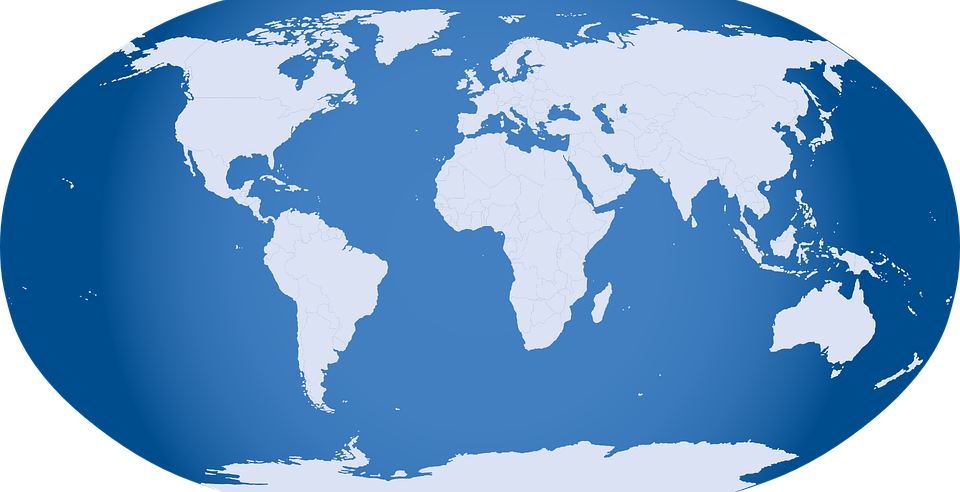“While the cat’s away the mice will play” is an old childhood adage applicable to international politics today. While all media eyes are cast toward the war in Ukraine another area of the world is heating up without much commentary. All is not quiet on the Indian subcontinent. India, Pakistan, and Sri Lanka are wrestling with issues that raise the threat environment in the region.
In Islamabad the former Prime Minister, Imran Khan, accused the US government of colluding to depose him and publicly called out the new leadership as traitors to Pakistan. Members of his political party, the Tehreek-e-Insaf jeered the current Prime Minister Shehbaz Sharif as he led a senior government delegation visiting the Prophet’s Mosque in the holy city of Medina, Saudi Arabia. In response Pakistani police charged the former prime minister and the hecklers with blasphemy. According to the country’s Interior Minister Rana Sanallah, who is supportive of the charges, Khan may be formerly arrested if Pakistan can link him directly to the events in Saudi Arabia. The sentence for blasphemy in Pakistan can be death. In the past such sentences could be carried out by mob lynchings and typically often to other violence. Also inside Pakistan, the Database of People with Extremist Linkages (DOPEL), is reporting that Allan Nazar, the leader of a banned militant group called the Baluchistan Liberation Front (BLF), is emerging as the face of a separatist movement in Pakistan’s Baluchistan province. Syed Fazl-e-Haider, of the Jamestown Foundation points out the separatist leader’s group has “carried out hundreds of terrorist attacks on Pakistan’s armed forces and civilians” and that “Nazar himself has become a new face of Baluch separatism, despite coming from a middle-class, as opposed to upper-class, family background.”
In Sri Lanka, according to the publication Ceylon Today, the country is being “pushed towards anarchy.” Inflation is over 20 percent and Colombo is about to default on $50 billion in foreign debt. In April, to stem expanding protests, the entire cabinet, except the president and his brother, Prime Minister Mahinda Rajapaksa, resigned. In an attempt to stabilize the situation Rajapaksa secured $2 billion in aid from India and is working on obtaining debt relief from the IMF. The government has made a number of errors in recent years that have hurt the economy and place the country in danger of collapse. The latest economic crisis, according to economic analysts familiar with Sri Lanka, caution that the “current environment may push it over the edge” toward anarchy.
India itself is negotiating a tough course over its military purchases from Russia and determination to maintain its oil imports despite the war in Ukraine. It won’t be easy for India to delink. “About 97 percent of India’s main battle tanks, 100 percent of its armored fighting vehicles, 67 percent of its submarines, 68 percent of the anti-ship cruise missiles aboard its guided-missile destroyers and frigates, and 97 percent of its fighter aircraft were acquired from Russia (or its predecessor, the Soviet Union). Even India’s most successful domestically manufactured anti-ship cruise missile, the BrahMos, was co-developed with Russia,” according to Felix Chang of the Foreign Policy Research Institute. India, in a typical year, imports over 80 percent of its oil and nearly half of its natural gas as it has few natural energy resources. Chang suggests that India’s tilt toward Russia may be explained by its strategic dependence on Russia for low cots oil and other commodities it needs. Some analysts argue that India’s relationship with Russia serves as a counterbalance to Chinese threats. In recent years there have been a number of small armed clashes between the two nations. Chang points out that should India find itself in a conflict with China, “full-throated Western support could prove critical,” especially if Russia fails to aid the country. “While India may be assured of some level of support from the West, will the West go the extra distance for India as it did for Ukraine? If the West does not, India’s Russia-leaning neutrality might begin to look less like strategic independence and more like strategic seclusion.” If the situation in Russia deteriorates, India could find itself without the support of any major power and facing a belligerent China alone.
Daria Novak served in the U.S. State Department
Illustration: Pixabay
